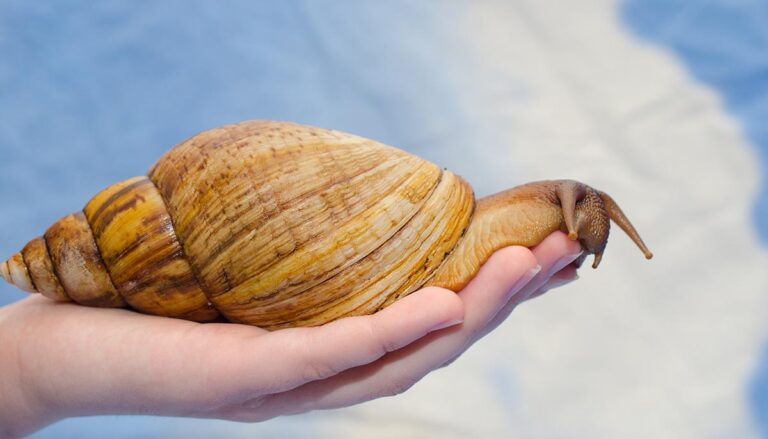A Florida county is in quarantine as officials warn residents to beware of the invasive giant African land snail. The land mollusk can carry deadly diseases such as a rare rat lungworm, which may cause meningitis in humans.
Florida on alert against giant African land snails that can cause a deadly disease in humans
An invasive species known as the giant African land snail has been discovered in the New Port Richey area of Pasco County, Florida, prompting the Florida Department of Agriculture to enact an agricultural quarantine, the Daily Wire reported
Giant African land snails can carry a rare rat lungworm called Angiostrongylus cantonensis, which may cause meningitis in humans. The disease can be contracted from handling or eating the snails. Meningitis can inflame the brain and spinal cord and can be life-threatening without urgent antibiotic treatment.
Because of the dangers the snails pose to agriculture, humans, and buildings, strict quarantine is often the best measure to prevent further spread of the invasive species.
Giant African land snail one of most dangerous in the world
“The giant African land snail … is one of the most invasive pests on the planet, causing agricultural and environmental damage wherever it is found,” the report by the Florida Department of Agriculture and Consumer Services (FDACS) stated in its recent “pest alert,” Fox reported.
The insect is known to be one of the most dangerous snails in the world, not only because it can carry the rat lungworm parasite. It’s the snail’s voracious appetite for at least 500 different plant species that makes it so dangerous to go unchecked in the wild, as it can devastate a region’s agriculture.
The snails can also cause damage to houses and buildings, eating stucco and similar materials as a source of calcium.
Size, range, introduction to U.S.
The snails aren’t called “giant” without good reason, as they can grow to the size of a human fist, growing in length to 7.9 inches or greater.
Scientifically known as Lissachatina fulica, the giant African land snail shares its common name with two other species such as Achatina achatina and Archachatina marginata.
Outside of its native range of East Africa, the snail thrives in mild climates, which makes Florida an ideal home.
The snail has been widely introduced to other parts of the world through the pet trade, as a food resource, and by accidental introduction such as through cargo shipping, according to Wikipedia. It was established in the United States by 1936, when it was imported for educational use and as pets.





